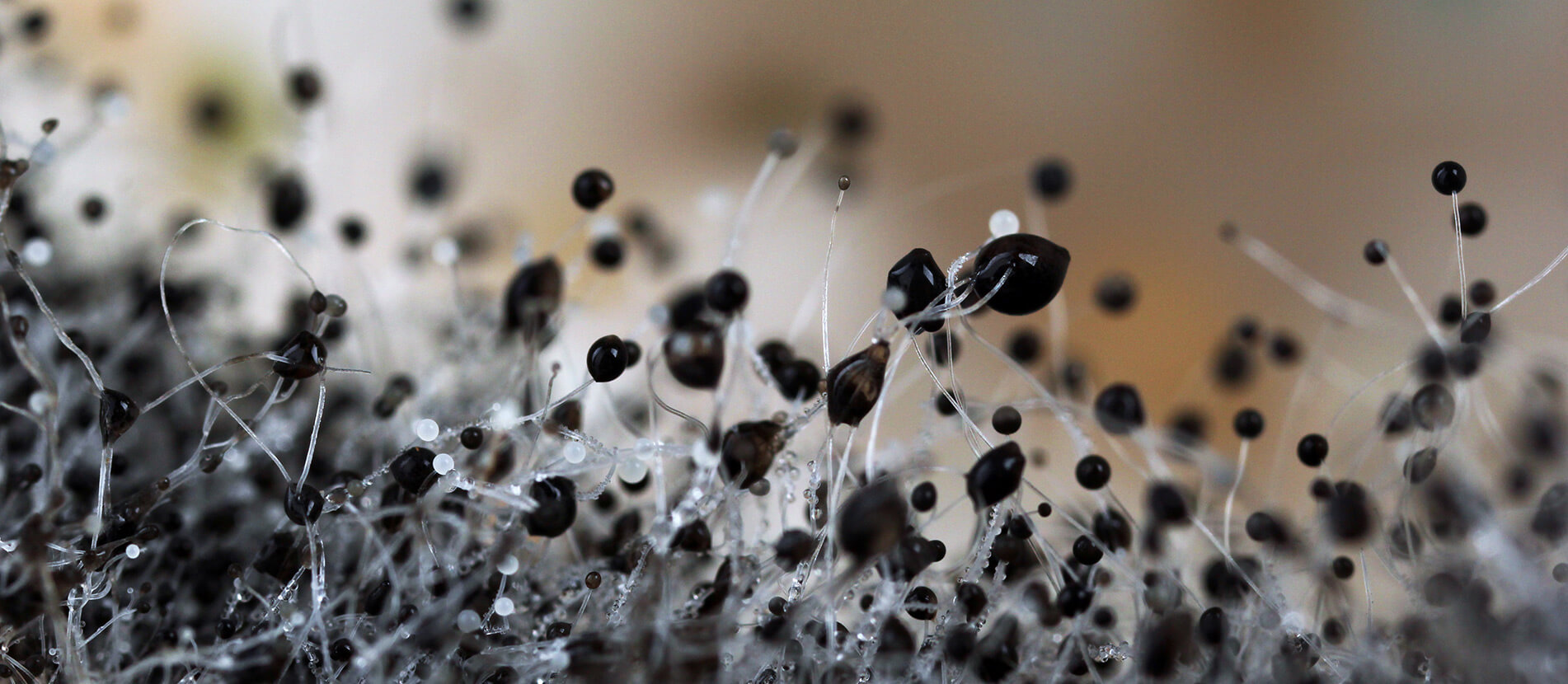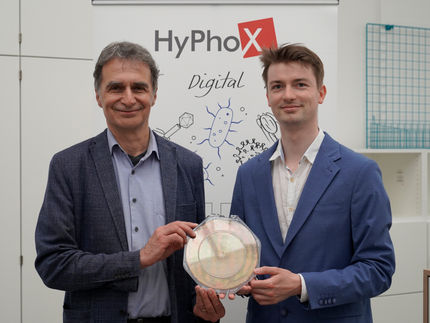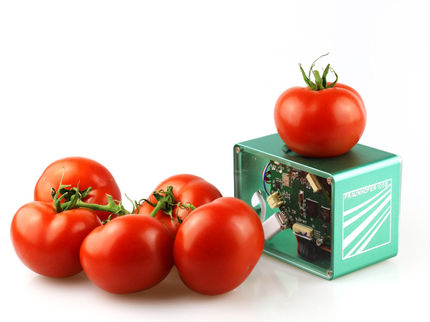Picturing peanut contamination with near infrared hyperspectral imaging
Study the label of almost any food product and you’re likely to see the rather vague warning “May contain peanuts” somewhere on there, unless of course it’s a product that definitely does contain peanuts. As now revealed in a paper in JNIRS - Journal of Near Infrared Spectroscopy, these warnings of peanut contamination could soon lose much of their uncertainty, thanks to a novel form of near infrared (NIR) spectroscopy known as NIR hyperspectral imaging (HSI).
Any food product may contain traces of peanut if it is made with powdered foodstuffs like wheat flour that were ground up in a facility that also grinds up peanuts, as it can be impossible to prevent contamination from occurring. Even at trace levels, this contamination can be a major problem for individuals who are allergic to peanuts, potentially triggering a life-threatening reaction.
Rather than offering a vague warning, food manufacturers would much rather know for sure whether a powdered foodstuff contains trace amounts of peanut and at exactly what concentration. Although there are several techniques for detecting peanut contamination, they tend to be time-consuming and only work with small samples, which may not be representative of the foodstuff as a whole.
A faster method for detecting peanut contamination is offered by NIR spectroscopy, an analytical technique that detects specific molecules based on their absorption and reflection of light at near infrared wavelengths. Scientists have already shown that peanut powder generates different NIR spectra to various other powdered foodstuffs, including wheat flour, milk and cocoa, allowing any contamination to be detected.
The problem with conventional NIR spectroscopy is that it collects an average NIR spectrum over a large area, meaning that trace peanut contamination may be missed. So a team of scientists at the LPF-TAGRALIA, Universidad Politécnica de Madrid (UPM) in Spain and the Institute National de Recherche en Sciences et Technologies pour L'environnement et L'agriculture (IRSTEA) in France decided to try to solve this problem using NIR HSI, which produces images in which every pixel contains spectral data.
Each pixel can thus contain information about peanut contamination, making NIR HSI much more sensitive than conventional NIR spectroscopy and allowing it to detect trace levels of peanut over a large area. As a first test, the team of scientists confirmed that peanut powder generates different NIR spectra to wheat flour when analysed by NIR HSI, allowing the two powders to be distinguished from each other.
Next, they developed a scoring system that could determine whether or not specific pixels in an image of wheat flour contained peanut powder from their NIR spectra. Using this scoring system, they could then estimate the level of contamination by simply determining the percentage of pixels that contained peanut powder.
They tested this system on samples of wheat flour spiked with powder from four different types of peanut, including raw, blanched and roasted, at concentrations varying between 0.01% and 10%. The system was able to detect peanut contamination even at 0.01%, although it could only accurately determine the level of contamination at between 0.1% and 10%. “These results show the feasibility of using HSI systems for detecting traces of peanut and similar products that are present in low percentages in powder foods with contrasting spectra,” says lead researcher Puneet Mishra at UPM.
Mishra and his colleagues are now looking to apply the same technique to detecting contamination by other nuts, which can also cause serious allergic reactions. “Although peanut is the most common cause of nut allergy, peanut allergic patients are frequently also sensitive to tree nuts,” he explains. “We are presently sampling different tree nut mixtures of almond, walnut and hazelnut to check the feasibility of HSI for detecting them.”
Original publication
Most read news
Original publication
P. Mishra, A. Herrero-Langreo, P. Barreiro, J.M. Roger, B. Diezma, N. Gorretta, L. Lleó; “Detection and quantification of peanut traces in wheat flour by near infrared hyperspectral imaging spectroscopy using principal-component analysis”, J. Near Infrared Spectrosc. (2015).
Organizations
Other news from the department science

Get the analytics and lab tech industry in your inbox
From now on, don't miss a thing: Our newsletter for analytics and lab technology brings you up to date every Tuesday. The latest industry news, product highlights and innovations - compact and easy to understand in your inbox. Researched by us so you don't have to.
Most read news
More news from our other portals
See the theme worlds for related content
Topic World Spectroscopy
Investigation with spectroscopy gives us unique insights into the composition and structure of materials. From UV-Vis spectroscopy to infrared and Raman spectroscopy to fluorescence and atomic absorption spectroscopy, spectroscopy offers us a wide range of analytical techniques to precisely characterize substances. Immerse yourself in the fascinating world of spectroscopy!

Topic World Spectroscopy
Investigation with spectroscopy gives us unique insights into the composition and structure of materials. From UV-Vis spectroscopy to infrared and Raman spectroscopy to fluorescence and atomic absorption spectroscopy, spectroscopy offers us a wide range of analytical techniques to precisely characterize substances. Immerse yourself in the fascinating world of spectroscopy!
Topic World Food Analytics
Food analysis methods enable us to investigate the quality, safety and composition of our food. Whether in the traceability of food, the detection of contaminants or the verification of nutritional information - food analytics plays a crucial role in our health and nutrition. Welcome to the exciting world of food analytics!

Topic World Food Analytics
Food analysis methods enable us to investigate the quality, safety and composition of our food. Whether in the traceability of food, the detection of contaminants or the verification of nutritional information - food analytics plays a crucial role in our health and nutrition. Welcome to the exciting world of food analytics!





![[Fe]-hydrogenase catalysis visualized using para-hydrogen-enhanced nuclear magnetic resonance spectroscopy](https://img.chemie.de/Portal/News/675fd46b9b54f_sBuG8s4sS.png?tr=w-712,h-534,cm-extract,x-0,y-16:n-xl)



















































